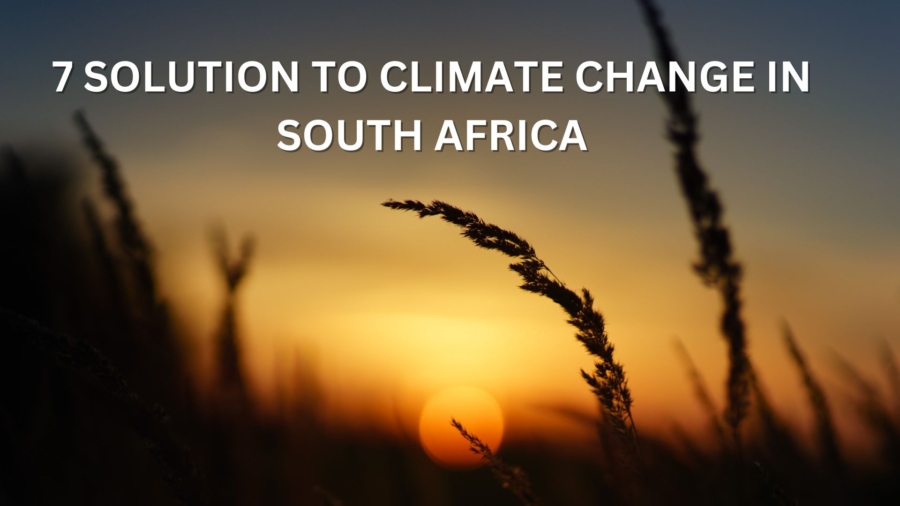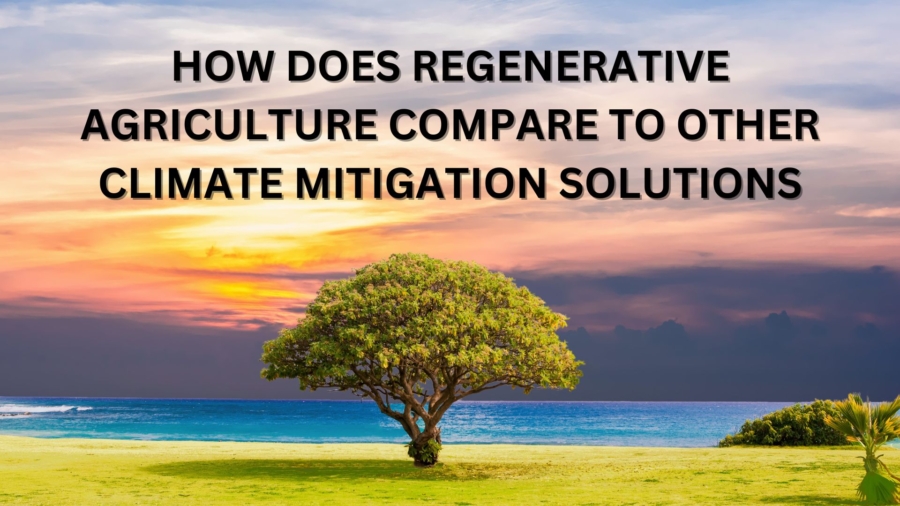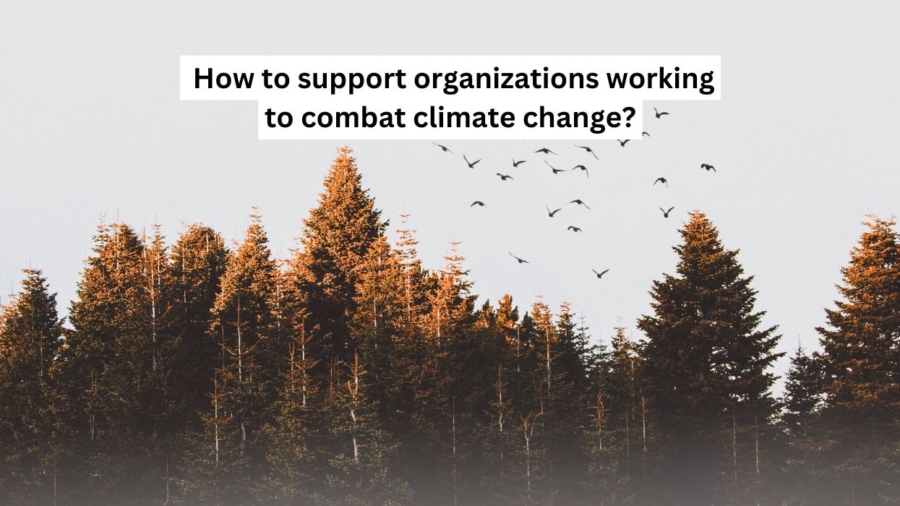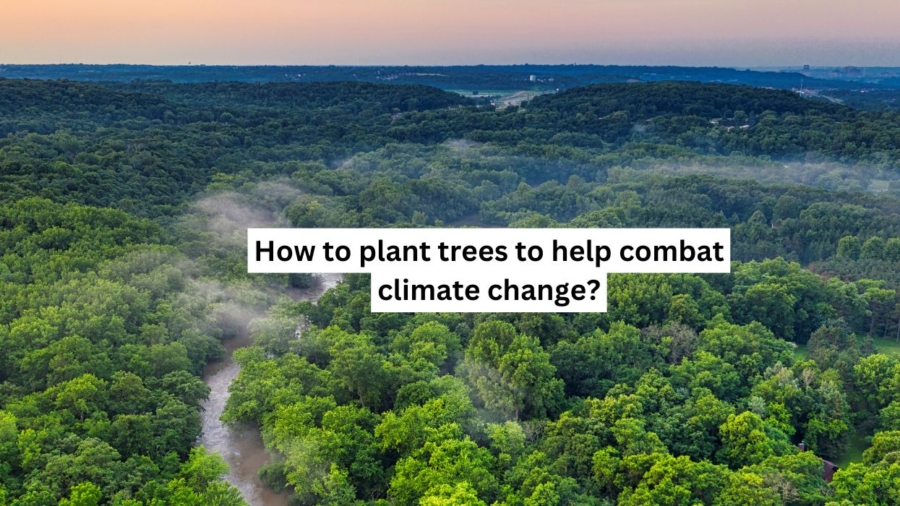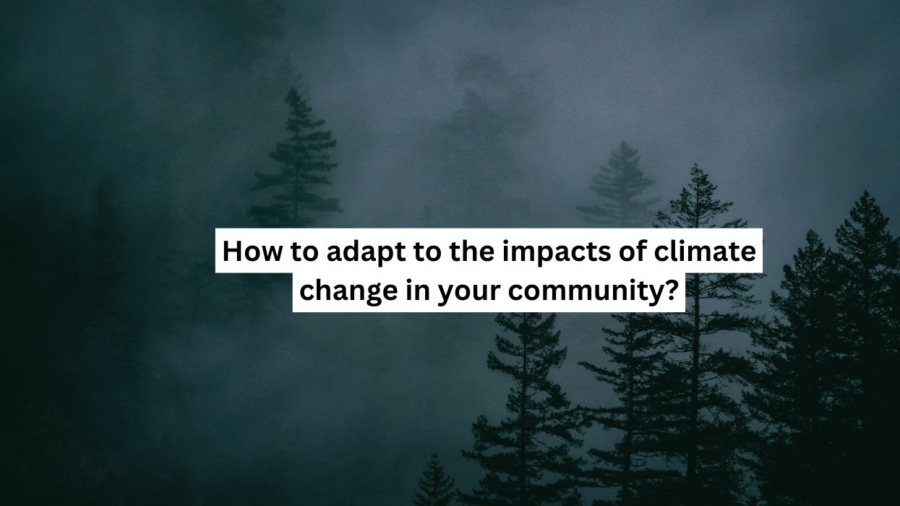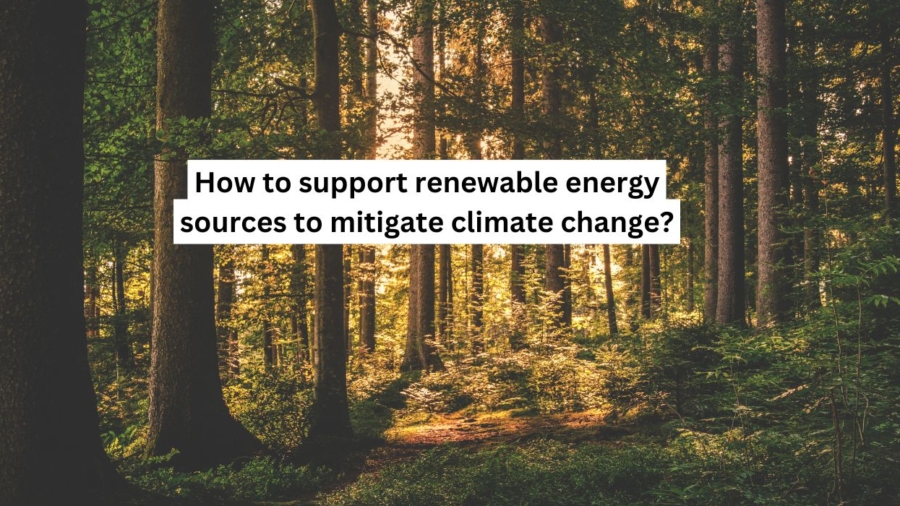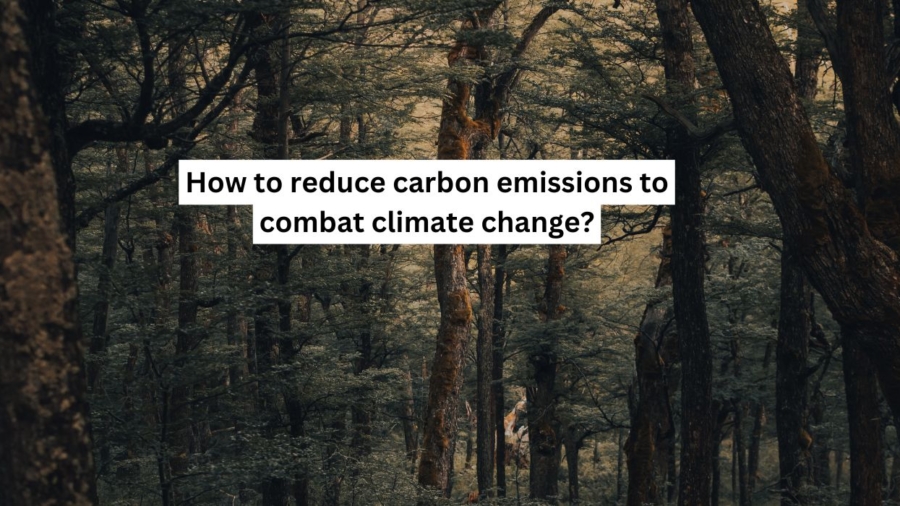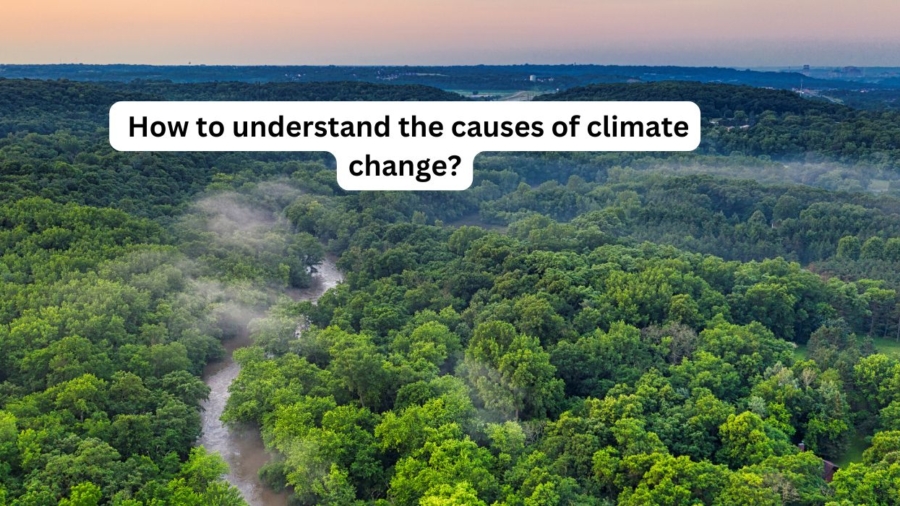South Africa, like many countries worldwide, is grappling with the devastating impacts of climate change. From prolonged droughts to severe storms, the effects are being felt across communities, ecosystems, and industries. Tackling this crisis requires bold actions and innovative solutions tailored to the country’s unique challenges and opportunities. Below are seven effective solutions that can drive meaningful change in South Africa.
1. Transition to Renewable Energy
South Africa heavily relies on coal for electricity generation, making it one of the largest carbon emitters in Africa. Shifting to renewable energy sources such as solar, wind, and hydropower can drastically reduce greenhouse gas emissions.
Why This Matters:
Coal-fired power plants account for over 70% of South Africa’s energy production, emitting millions of tons of CO2 annually. Transitioning to renewable energy can mitigate these emissions while creating sustainable economic opportunities.
Key Actions:
- Increase investment in renewable energy infrastructure: Large-scale wind farms and solar parks can harness the country’s natural resources to generate clean energy.
- Support small-scale solar panel installations: Providing subsidies and incentives for households and businesses to install solar panels can decentralize energy production and reduce reliance on the national grid.
- Expand research and development: Focusing on improving renewable energy technologies and storage solutions will enhance efficiency and scalability.
By adopting renewable energy, South Africa can significantly cut its carbon emissions, reduce energy costs, and foster energy independence.
2. Promote Sustainable Agriculture
Agriculture is vital for food security and the economy, but traditional practices often contribute to deforestation, soil degradation, and high emissions. Implementing sustainable farming methods can mitigate these effects while enhancing productivity.
Why This Matters:
Agriculture accounts for a significant portion of South Africa’s greenhouse gas emissions, primarily from livestock, fertilizer use, and land-use changes. Extreme weather events linked to climate change are also threatening crop yields and livelihoods.
Key Actions:
- Conservation tillage: Minimizing soil disturbance reduces erosion and increases carbon sequestration.
- Agroforestry: Integrating trees with crops or livestock helps maintain biodiversity, improve soil quality, and absorb CO2.
- Efficient irrigation systems: Drip irrigation and rainwater harvesting can optimize water usage in drought-prone areas.
- Crop diversification: Growing climate-resilient crops can reduce vulnerability to extreme weather and ensure food security.
Supporting farmers with training, financial incentives, and access to innovative technologies is crucial for implementing these sustainable practices.
3. Expand Public Transport and Green Mobility
Transportation is a major contributor to carbon emissions in urban areas. Investing in efficient and eco-friendly public transport systems can reduce reliance on private vehicles and cut emissions.
Why This Matters:
South Africa’s urban centers face increasing traffic congestion and air pollution, primarily due to the high number of fossil fuel-powered vehicles. Transitioning to green mobility can reduce emissions and improve the quality of urban life.
Key Actions:
- Develop modern public transport networks: Expanding bus rapid transit (BRT) systems and improving rail infrastructure can provide reliable and affordable alternatives to car travel.
- Promote electric vehicles (EVs): Government subsidies and the development of EV charging infrastructure can accelerate the adoption of electric cars.
- Encourage non-motorized transport: Building pedestrian-friendly infrastructure and dedicated cycling lanes can promote walking and cycling as viable commuting options.
Green mobility initiatives not only reduce emissions but also create healthier, more livable cities for South Africa’s growing population.
4. Restore Degraded Ecosystems
South Africa’s diverse ecosystems, including wetlands, forests, and grasslands, are vital for regulating the climate. Restoring these ecosystems can enhance their ability to absorb carbon dioxide, protect biodiversity, and support livelihoods.
Why This Matters:
Degraded ecosystems lose their capacity to sequester carbon, exacerbating climate change. Healthy ecosystems provide critical services, such as water filtration, flood control, and habitat for wildlife.
Key Actions:
- Reforest degraded lands: Planting native tree species in deforested areas can restore biodiversity and enhance carbon absorption.
- Protect wetlands: Wetlands act as natural water storage systems, helping regulate water supply during droughts and floods.
- Collaborate with local communities: Community-driven conservation efforts ensure sustainable management and maintenance of restored areas.
Investing in ecosystem restoration can yield long-term environmental, economic, and social benefits.
5. Enhance Energy Efficiency
Improving energy efficiency can significantly reduce energy consumption and emissions while lowering costs for households and businesses.
Why This Matters:
Energy efficiency is one of the most cost-effective ways to reduce emissions. It also helps South Africa manage its electricity shortages and alleviate strain on the power grid.
Key Actions:
- Promote energy-efficient appliances: Encourage the use of certified energy-saving products through public awareness campaigns and subsidies.
- Green building standards: Implement regulations requiring new buildings to incorporate energy-efficient designs, such as proper insulation and solar water heaters.
- Upgrade industrial processes: Support industries in adopting advanced technologies that minimize energy waste.
Simple measures like using LED bulbs, smart thermostats, and energy-efficient appliances can collectively make a big difference in reducing emissions.
6. Strengthen Climate Education and Advocacy
Educating the public about climate change is essential for driving long-term behavioral change. Empowered citizens are more likely to support and adopt sustainable practices.
Why This Matters:
Awareness and knowledge are powerful tools for change. When people understand the impact of their actions, they are more likely to adopt environmentally friendly habits and advocate for broader systemic changes.
Key Actions:
- Integrate climate education in schools: Develop curricula that teach students about climate science, sustainability, and the importance of conservation.
- Community workshops: Organize events to educate citizens about reducing their carbon footprint through energy savings, recycling, and sustainable consumption.
- Media campaigns: Use social media, radio, and television to reach diverse audiences with clear messages about the urgency of climate action.
By fostering a culture of environmental responsibility, South Africa can mobilize collective efforts to address climate challenges.
7. Policy and International Cooperation
Strong policies and global partnerships are essential for addressing climate change at scale. South Africa must play an active role in international climate agreements and implement ambitious national strategies.
Why This Matters:
Policy frameworks and international cooperation can unlock funding, technology, and expertise to drive impactful climate solutions. South Africa’s commitments under the Paris Agreement highlight the need for coordinated action.
Key Actions:
- Enforce stricter emissions regulations: Implement and monitor policies that limit industrial pollution and promote clean energy adoption.
- Secure international funding: Leverage financial resources from global climate funds to support adaptation and mitigation projects.
- Engage in knowledge-sharing initiatives: Collaborate with other nations to exchange best practices and innovations in climate resilience.
A strong policy framework combined with international partnerships can position South Africa as a leader in global climate action.
Final Thoughts
Climate change is a shared challenge, but South Africa has the potential to become a leader in the fight against it. By embracing these solutions—from renewable energy and sustainable agriculture to green mobility and climate education—the country can pave the way for a greener, more resilient future.
What do you think about these solutions? Are there other innovative strategies you would add to this list? Share your thoughts in the comments below!
